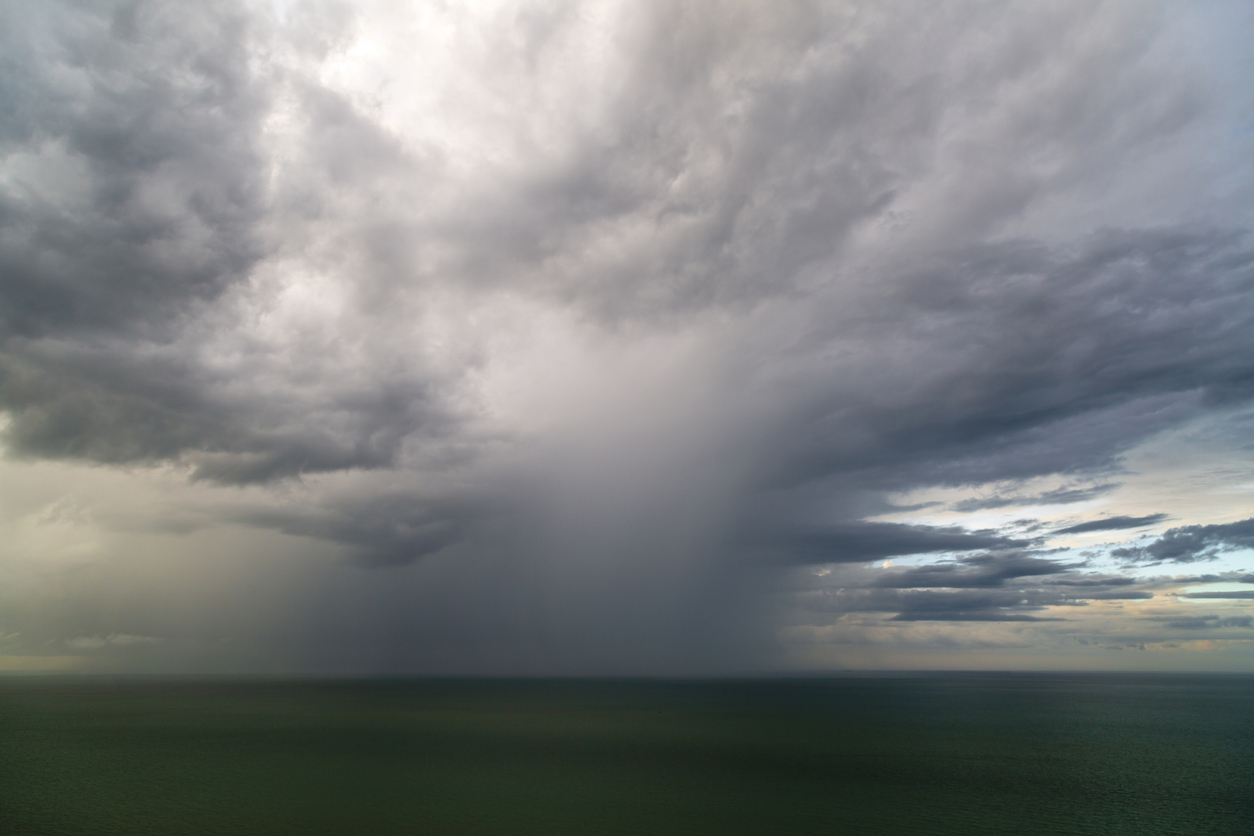Isaias made landfall late Monday as a Category 1 hurricane near Ocean Isle Beach, N.C. Maximum sustained winds reached 85 miles per hour but dropped to about 70 miles per hour as the storm traveled briskly north across land.
The storm spawned multiple tornadoes in northeastern North Carolina and Virginia overnight, the National Hurricane Center said. One twister in Windsor, N.C., resulted in at least one death and multiple injuries as it flattened a mobile-home park, according to the Associated Press, citing Bertie County Sheriff John Holley. Ten homes were destroyed, and crews are searching for several people.
The hurricane center warned of sustained tropical-force winds and the threat of more tornadoes along the mid-Atlantic coast Tuesday and then across New England Tuesday night.
About 600,000 customers in North Carolina and Virginia were without power Tuesday, according to poweroutage.us, which tracks outage reports from utilities. North Carolina emergency managers reported some partially blocked roads but no major closures.
Isaias largely spared Florida and South Carolina from damage and wreaked less havoc in North Carolina than previous years’ storms, such as Hurricane Florence in 2018.
Phil Klotzbach, a hurricane specialist at Colorado State University, said on Twitter that Isaias was significant because it came early in what is already an active hurricane season, which stretches from June through November. Bertha, Cristobal, Fay and Hanna also made landfall in the continental U.S. this summer, he said.
“This is the earliest on record that 5 Atlantic named storms have made continental U.S. landfall,” he tweeted. “Prior record was 8/18/1916.”
The National Oceanic and Atmospheric Administration said it expects to see as many as 10 hurricanes—of which three to six are expected to be rated a major hurricane of Category 3 or higher. The prediction is based on warmer ocean temperatures and weaker trade winds in the main hurricane development region of the tropical Atlantic and Caribbean Sea, forecasters have said.













